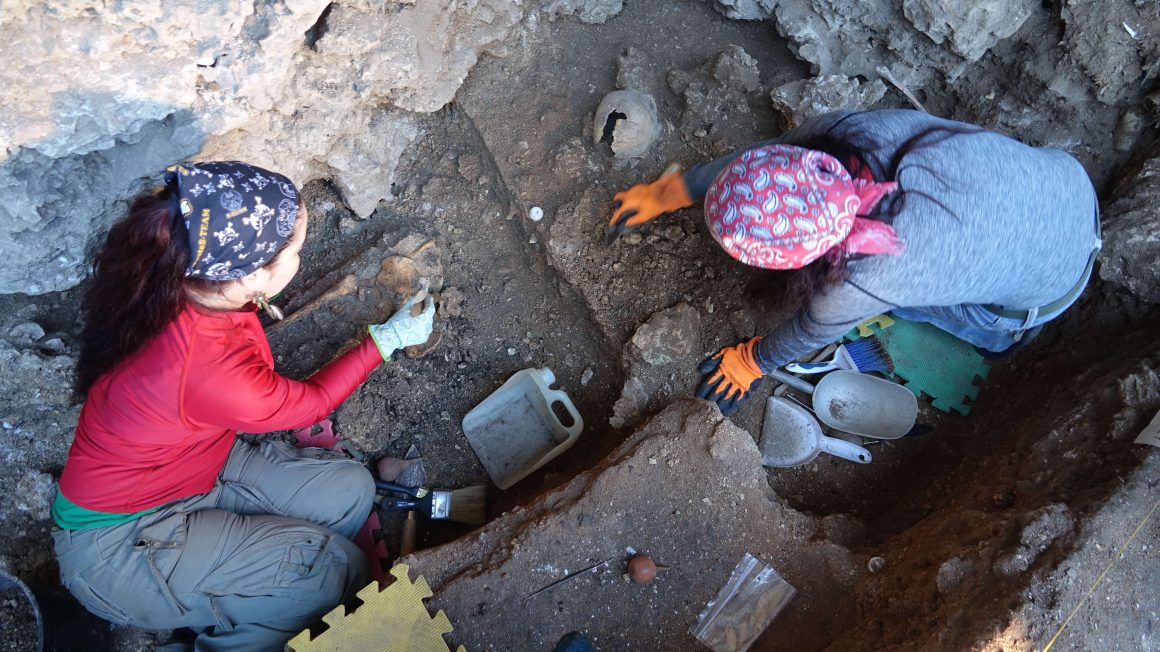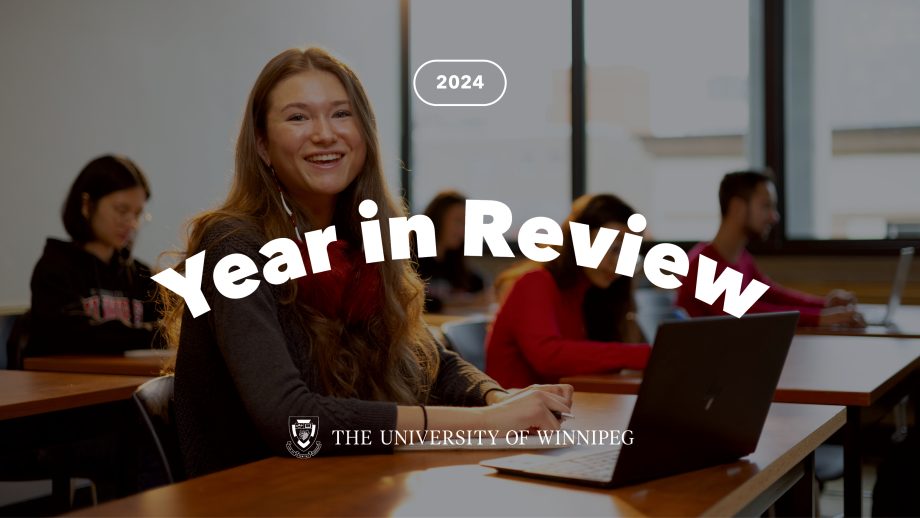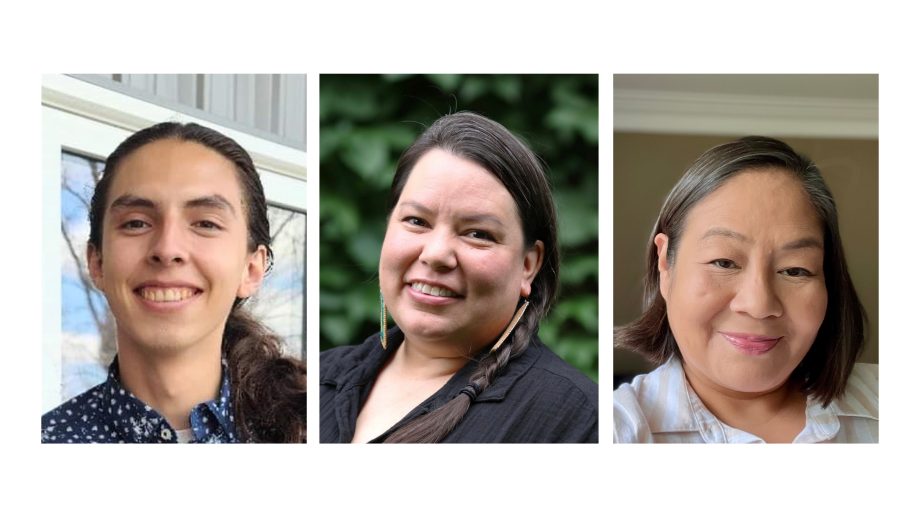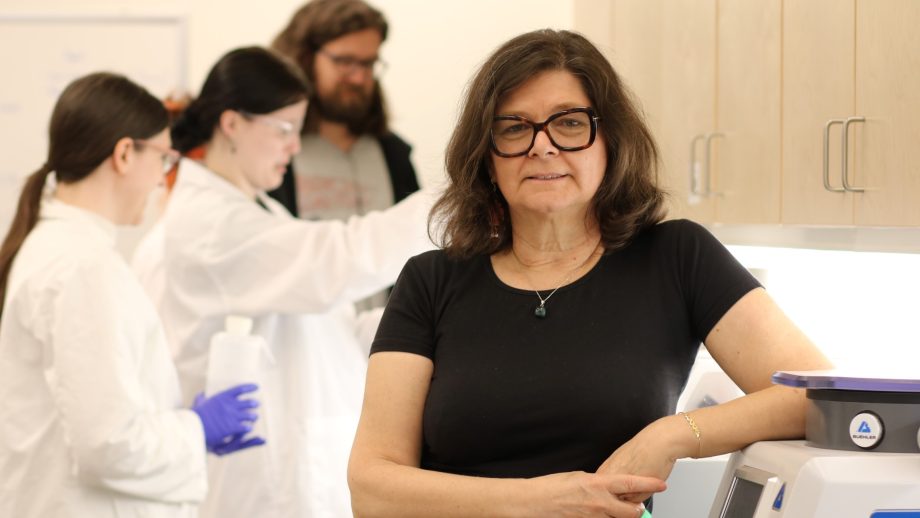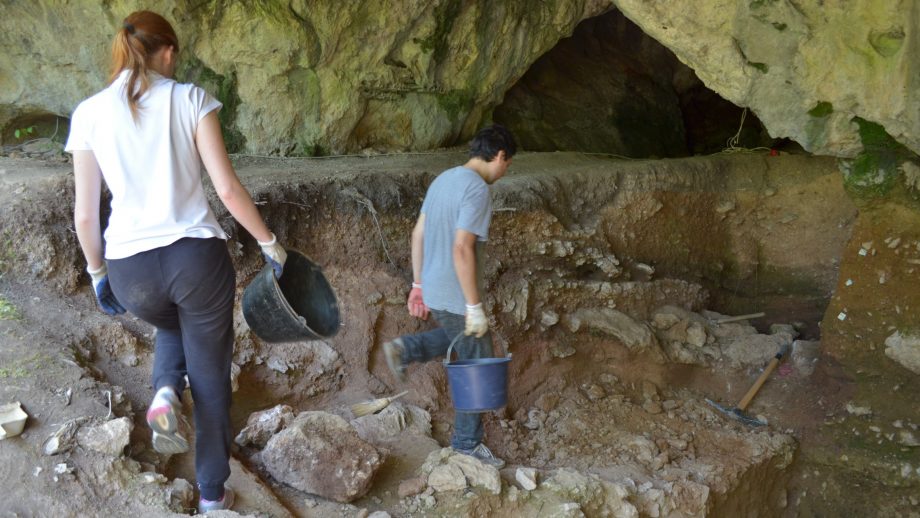An academic journal article coauthored by a bioarchaeologist, an archaeologist, and a geographer from The University of Winnipeg has the potential to one day rewrite the history books in the Antilles region of the Caribbean.
The paper, entitled “Earliest evidence of sedentism in the Antilles: Multiple isotope data from Canímar Abajo, Cuba,” was published in December in PNAS (Proceedings of the National Academy of Sciences of the United States of America).
UWinnipeg bioarchaeologist, Dr. Yadira Chinique de Armas, post-doctoral researcher Dr. Silvia Teresita Hernández Godoy, Research Associate Luis Viera Sanfiel, manager of UWinnipeg’s MIRA-HOPE Co-Labs, and UWinnipeg geographer Dr. William Buhay—all members of UWinnipeg’s Caribbean Research Institute—coauthored the paper with a university colleague from the Netherlands.
Studying the first settlers of the insular Caribbean is vital to decolonizing the history of the region.
Dr. Yadira Chinique de Armas
Analyzing 44 teeth from an ancient burial ground in present-day Cuba, the team discovered evidence suggesting the earliest known populations of the Caribbean’s Antilles region were sedentary, not nomadic as previously thought.
“Doing this type of research is a way of reconstructing the history of these societies, a history that in Cuba is told in a few pages in primary and secondary school textbooks,” Dr. Chinique de Armas said. “Now, with all this new information, it has completely changed our understanding of early Antillean societies. Basically, we need to rewrite the history books in Cuba.”
Decolonizing historical narratives
The Caribbean was one of the last regions of the Americas to be settled by humans. The team’s paper sheds new light on how that settlement occurred thousands of years ago. Colonization in the Antilles was drastic, so much of what is known about these early groups comes from archaeology.
Dr. Chinique de Armas and her team used isotope analysis to study the teeth of first peoples buried in Canímar Abajo, a burial ground where the oldest human remains from the insular Caribbean have been found. The teeth date back as far as 2,200 BCE.
“They were depositing their dead there for thousands of years,” Dr. Chinique de Armas said.
First excavated in the 1980s, Canímar Abajo proved to be a hugely consequential archaeology site. To this day, it carries great symbolic, cultural, and historical value. Traditional narratives had characterized those buried there as highly mobile groups who foraged and fished across vast territories.
“When we started working in the Caribbean more than 15 years ago, the general assumption was that these groups from Cuba were fisher-gatherers, without agriculture or ceramic production,” Dr. Chinique de Armas said. “They were depicted as simple societies without significant social complexity or technological advances. With these results, we are actually deconstructing one of the last big assumptions about this group: that they were highly mobile.”
This traditional narrative overlooked the contributions that the islands’ early settlers made to the socio-economic development of the region, even though they had occupied the insular Caribbean for over 4,000 years.
“Studying the first settlers of the insular Caribbean is vital to decolonizing the history of the region,” Dr. Chinique de Armas said. “It also helps connect today’s populations to their Indigenous ancestry and history—a history dominated by hegemonic narratives about the simplicity of Indigenous islanders and their way of life.”
Teeth tell the tale
Isotope analysis reveals the chemical signature embedded in human remains, allowing researchers to reconstruct diet, lifestyle, and environmental conditions.
“Isotopes are different forms of the same element that have different number of neutrons. Isotopes of an element share similar chemical properties but have different nuclear properties,” Dr. Chinique de Armas explained.
“These atomic fingerprints hold secrets about our world’s history, environment, and cultural practices. They are all around us, including our drinks and our food. In a sense, we are what we eat. Everything that we take from the environment in the form of food is incorporated into our tissues. When a person lives in one locality, because they are taking resources from that locality, they will have an isotopic fingerprint.”
The isotopic fingerprint of the first peoples buried at Canímar Abajo revealed they ate locally grown foods and even cultivated crops—including maize, beans, and sweet potato—in a manner consistent with a sedentary coastal population.
This insight carries significant implications for the archaeology of the Caribbean region and current understandings of initial islands peopling in general. The first peoples of the Antilles were resourceful and resilient, surviving hurricanes and tremendous environmental change. That traditional knowledge is taking on even more significance in the present age of climate change.
Dr. Chinique de Armas said these studies also help us understand islanders’ long-term acclimatation and survival to a dynamic environment dominated by environmental and social changes.
“As a native of the Antilles, I feel that the studies that humanize and reveal the cultural complexity and knowledge of precolonial groups vindicate the history of populations that did not have the chance of telling their own story,” she said.
Dr. Chinique de Armas said it was validating to have PNAS, a prestigious journal with a large readership, publish the team’s findings. Since publication, colleagues from other universities have reached out to congratulate her team.
Building on findings
Building on her team’s findings, Dr. Chinique de Armas and her team have also published a comparative analysis exploring whether the findings from Canímar Abajo can be generalized for other early populations that lived on the island at the same time or in later periods.
These findings, published April 16 in the American Journal of Biological Anthropology, were arrived by analyzing the isotope data of 146 individuals from eight early precolonial sites across Cuba. At least three different “lifeways”—mobility patterns and diets—were identified, supporting the notion that early precolonial groups were culturally diverse, not uniform as early research assumed.
“This diverse mosaic of cultural traits defies attempts to group them into broad categories for regional studies of biological and cultural traits,” the authors wrote.

